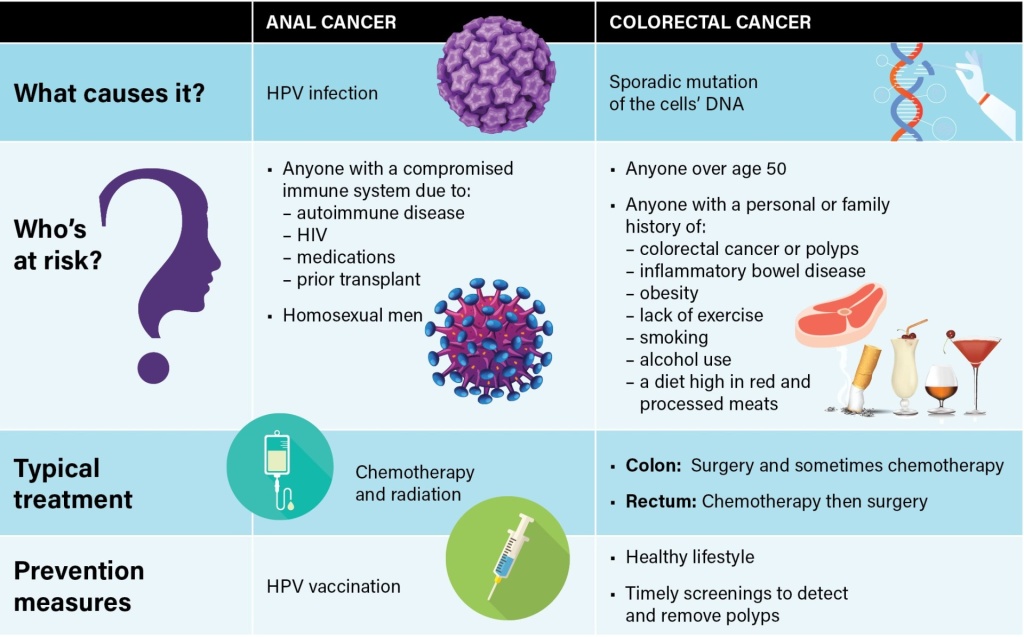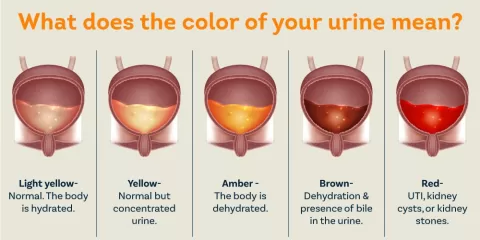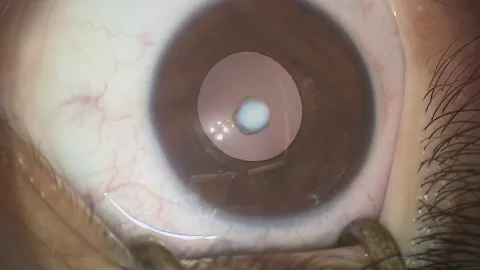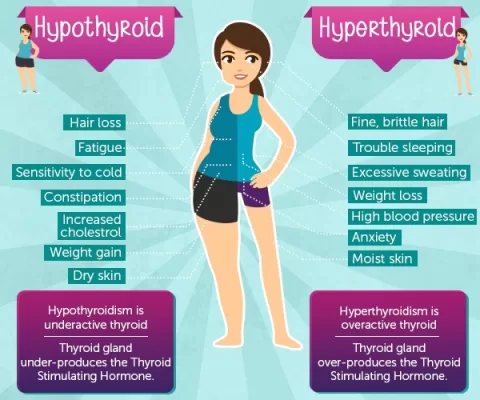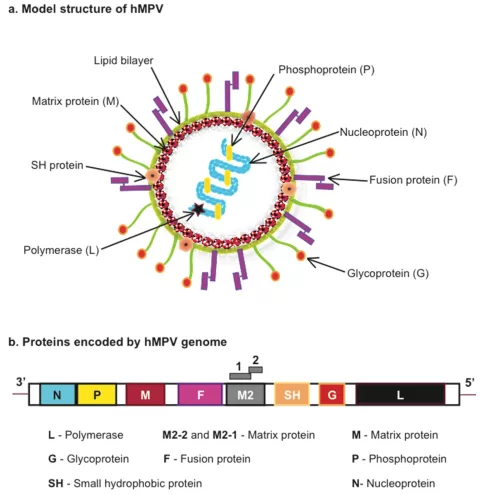Anal cancer is a critical yet often overlooked health issue that warrants attention due to its increasing prevalence. This type of cancer arises in the tissues of the anus, and understanding anal cancer symptoms is vital for early diagnosis and effective treatment. Common symptoms can range from unusual lumps to bleeding and persistent discomfort, making awareness essential for timely intervention. The causes of anal cancer primarily include the human papillomavirus (HPV) and several risk factors, such as smoking and a weakened immune system. Fortunately, advancements in anal cancer treatment are improving survival rates, underscoring the importance of early detection and comprehensive care.
Also referred to as anal carcinoma, this form of cancer originates in the anal canal or surrounding skin, and it is crucial to differentiate it from rectal cancer, which is a different entity. The symptoms indicative of anal carcinoma, such as noticeable lumps and changes in bowel habits, can often lead to embarrassment, causing individuals to delay seeking medical advice. Understanding the underlying causes of anal carcinoma, particularly the significant role of HPV and other risk factors like immunosuppression, is essential in raising awareness of this disease. Treatment options for anal carcinoma have evolved, with a variety of methods available that can enhance survival rates significantly. By recognizing the importance of early detection and comprehensive treatment plans, we can improve outcomes for those affected by this condition.
Understanding Anal Cancer Symptoms
Anal cancer symptoms can often be mistaken for other conditions, which makes early detection challenging. Common symptoms include unusual lumps or growths near the anus, which should be evaluated by a healthcare professional. Additionally, bleeding or discharge from the anal area, especially if it is accompanied by persistent pain or discomfort, is a significant indicator that warrants immediate medical attention. Changes in bowel habits, such as increased frequency of constipation or diarrhea, can also signify underlying issues related to anal cancer.
Itching around the anal region that is not attributable to other conditions is another symptom that should be discussed with a healthcare provider. Due to the stigma and embarrassment often associated with these symptoms, many individuals may hesitate to seek help. However, understanding these symptoms and recognizing their potential severity can lead to earlier diagnosis and treatment, which is crucial for improving patient outcomes.
Causes of Anal Cancer: Key Risk Factors
The primary cause of anal cancer is linked to the human papillomavirus (HPV), a sexually transmitted infection that plays a crucial role in the development of many anal cancer cases. Individuals with weakened immune systems, particularly those living with HIV, face a higher risk due to their body’s reduced ability to combat infections, including HPV. Other significant risk factors include smoking and certain sexual practices that may cause anal trauma, as well as a history of anal warts, which can increase susceptibility to developing cancerous cells.
Awareness of these risk factors is essential for individuals, particularly those who may be at higher risk, such as men who have sex with men or individuals with a prior history of HPV-related conditions. Regular screenings and proactive health measures can help mitigate the risks associated with these factors, allowing for early detection and intervention.
Effective Treatment Options for Anal Cancer
Treatment for anal cancer typically involves a combination of surgery, radiation therapy, and chemotherapy, depending on the stage of the disease and the patient’s overall health. Surgical options may range from local excision to more extensive procedures for advanced cases. Radiation therapy is often utilized in conjunction with chemotherapy to shrink tumors and improve the effectiveness of treatment. Chemotherapy drugs are designed to target and kill cancer cells, and they are sometimes used pre-surgery to reduce tumor size.
Emerging treatments, such as immunotherapy, are also being explored and show promise for anal cancer treatment. Immunotherapy aims to harness the body’s immune system to fight cancer more effectively. Patients should engage in discussions with their healthcare teams to understand the best treatment options for their specific situation, which can significantly enhance their quality of life and treatment outcomes.
Survival Rates for Anal Cancer: What to Expect
Survival rates for anal cancer can vary widely based on several factors, including the stage of cancer at diagnosis and how well the cancer responds to treatment. According to the American Cancer Society, the overall five-year survival rate for anal cancer is approximately 65%. However, early detection plays a critical role in improving these rates; patients diagnosed at an earlier stage generally have better prognoses.
Ongoing medical advancements are continuously improving treatment options and outcomes for anal cancer patients. Comprehensive care approaches, which include psychological support and counseling, are also important in helping patients navigate their treatment journey. Understanding the implications of survival rates can empower patients and their families to make informed decisions regarding their health and treatment plans.
The Importance of Early Detection in Anal Cancer
Early detection of anal cancer is crucial for improving treatment outcomes and survival rates. Regular screenings and being aware of symptoms can lead to timely medical intervention. Unfortunately, many individuals avoid discussing symptoms due to embarrassment, which can delay diagnosis. It is essential to foster an open dialogue about anal health and encourage individuals to seek medical advice if they experience any warning signs.
Healthcare providers play a vital role in educating patients about the importance of early detection. By promoting awareness of anal cancer symptoms and risk factors, they can help reduce the stigma associated with this condition and encourage proactive health management. An informed patient is better equipped to advocate for their health and make decisions that can lead to improved outcomes.
Frequently Asked Questions
What are the common symptoms of anal cancer?
Common symptoms of anal cancer include unusual lumps or growths around the anus, bleeding or discharge, persistent pain or discomfort in the anal region, changes in bowel habits, and persistent itching. Early recognition of these anal cancer symptoms is crucial for timely diagnosis and treatment.
What are the known causes of anal cancer?
The primary cause of anal cancer is the human papillomavirus (HPV), a sexually transmitted infection linked to many anal cancer cases. Other causes include having a weakened immune system, smoking, engaging in sexual practices that cause anal trauma, and a history of anal warts. Understanding these causes of anal cancer helps in reducing risk and encouraging preventive measures.
What treatment options are available for anal cancer?
Treatment for anal cancer typically includes a combination of surgery, radiation therapy, chemotherapy, and potentially immunotherapy. The specific treatment plan depends on the stage of anal cancer and the patient’s overall health, emphasizing the importance of personalized care.
What are the survival rates for anal cancer?
The five-year survival rate for anal cancer is approximately 65%, but this can improve significantly with early detection and effective treatment strategies. Factors such as the cancer stage at diagnosis and response to treatment play crucial roles in determining individual survival rates for anal cancer.
How can I recognize anal cancer symptoms early?
To recognize anal cancer symptoms early, be vigilant for unusual lumps, any bleeding or discharge, persistent anal pain, changes in bowel habits, or chronic itching. If you experience any of these anal cancer symptoms, consulting a healthcare provider promptly is essential for early diagnosis and better treatment outcomes.
| Key Point | Details |
|---|---|
| What is Anal Cancer? | Anal cancer arises in the tissues of the anus, distinct from rectal cancer, and is relatively rare but significant. |
| Symptoms | Common symptoms include unusual lumps, bleeding or discharge, pain, changes in bowel habits, and persistent itching. |
| Causes and Risk Factors | HPV is a major risk factor, especially in immunocompromised individuals. Other risk factors include smoking and sexual practices causing anal trauma. |
| Treatment Options | Treatment may involve surgery, radiation, chemotherapy, and emerging options like immunotherapy. |
| Survival Rates | The five-year survival rate for anal cancer is about 65%, improving with early detection. |
Summary
Anal cancer is a significant health concern that requires awareness of its symptoms, causes, and treatment options. Understanding the signs of anal cancer is crucial for early diagnosis, which can greatly enhance survival rates. The primary risk factor is the human papillomavirus (HPV), particularly in individuals with weakened immune systems. Treatment options vary according to cancer stages and include surgery, radiation, chemotherapy, and promising new therapies like immunotherapy. Regular screenings and open communication with healthcare providers are essential for effective management of anal cancer. As research progresses, the outlook for patients continues to improve.
The content provided on this blog (e.g., symptom descriptions, health tips, or general advice) is for informational purposes only and is not a substitute for professional medical advice, diagnosis, or treatment. Always seek the guidance of your physician or other qualified healthcare provider with any questions you may have regarding a medical condition. Never disregard professional medical advice or delay seeking it because of something you have read on this website. If you believe you may have a medical emergency, call your doctor or emergency services immediately. Reliance on any information provided by this blog is solely at your own risk.



